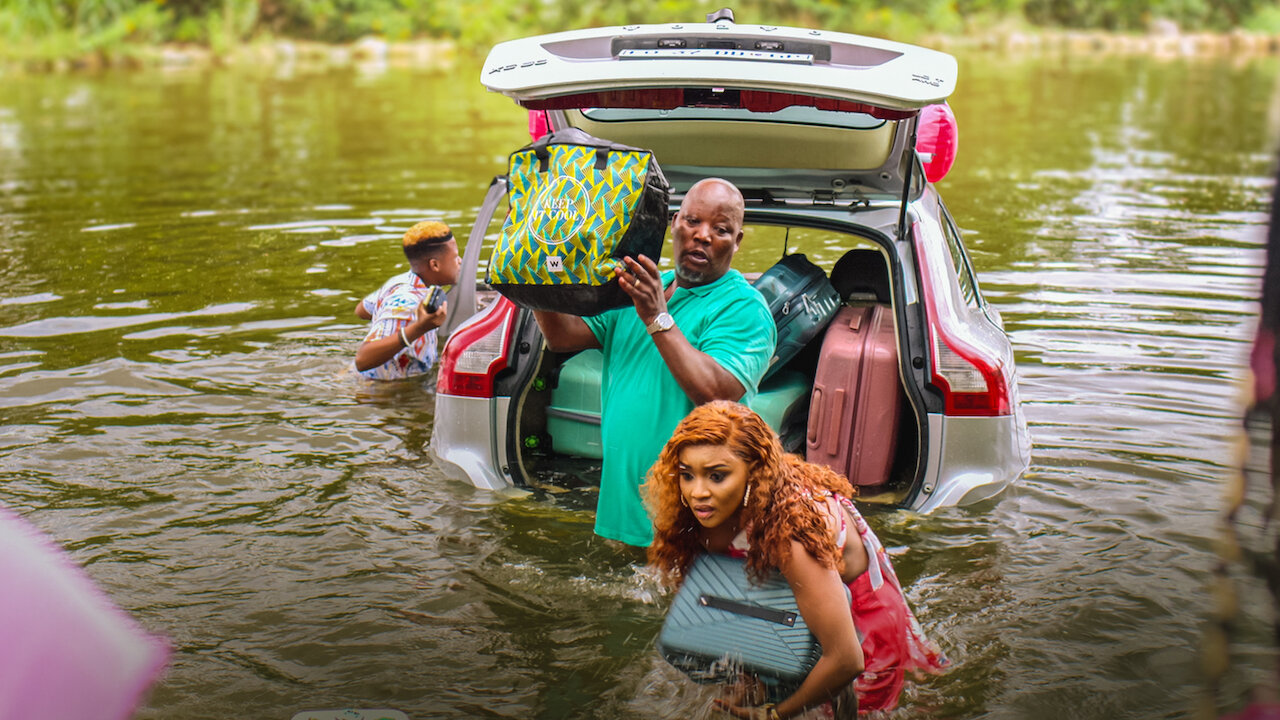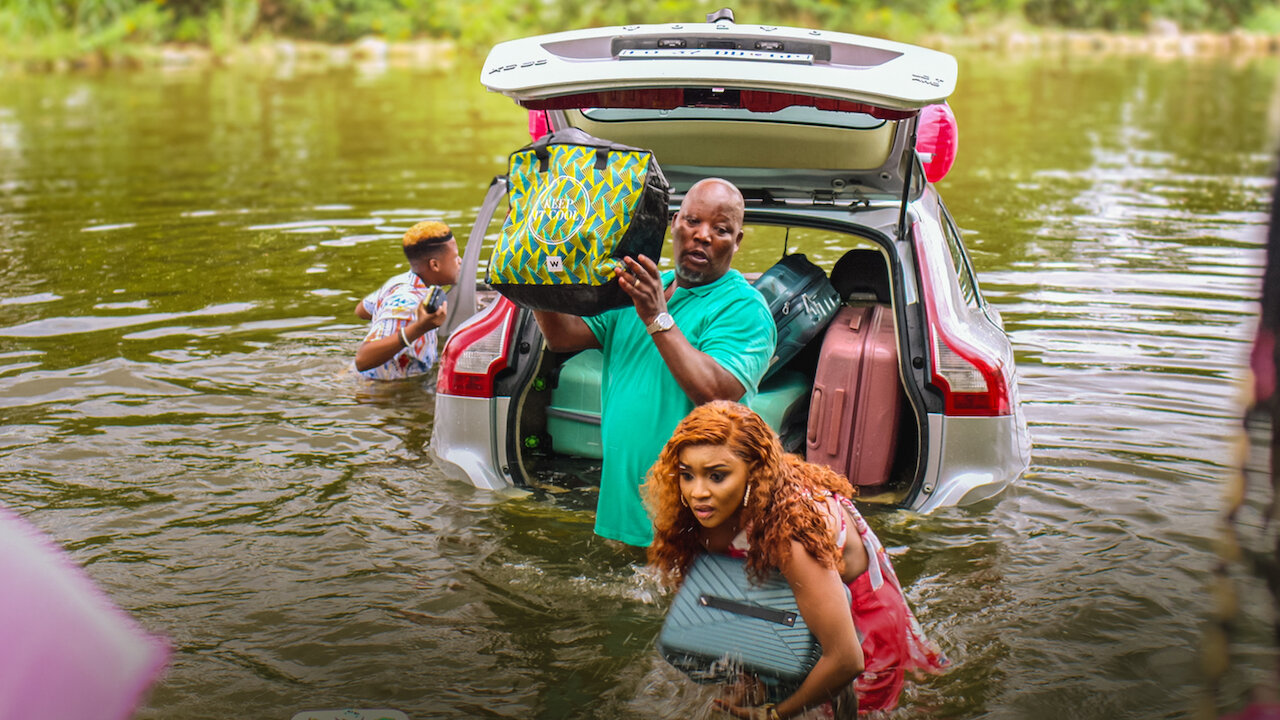While some travel destinations offer breathtaking views and unforgettable experiences, others hide dangers that are not immediately apparent. These “dangerous destinations” might look inviting from the surface, but lurking risks like environmental hazards, political instability, or even unregulated tourism practices can put travelers at risk. Here are some popular spots worldwide with hidden dangers you may want to know before planning your next trip.
Mount Everest, the world’s tallest mountain, attracts thousands of adventure-seekers each year who want to conquer its summit. However, despite its allure, Everest is one of the most dangerous destinations for trekkers and climbers. The high altitude presents significant health risks, including altitude sickness, hypothermia, and pulmonary edema. Additionally, the crowded nature of Everest’s base camp and climbing routes has led to dangerous bottlenecks, where climbers are forced to wait in freezing conditions for extended periods. The extreme weather, unpredictable avalanches, and the physical strain of the climb contribute to the high number of fatalities every year.
The Amazon Rainforest is one of the most biodiverse places on Earth, drawing adventurers, researchers, and eco-tourists. However, this dense and remote environment comes with serious risks. The forest has deadly wildlife, including venomous snakes, spiders, and predatory animals like jaguars. Additionally, the high humidity, extreme temperatures, and thick foliage can cause travelers to become disoriented, lost, or suffer from dehydration. Malaria, dengue fever, and other mosquito-borne diseases are also prevalent in the region. With limited medical resources in some areas, an illness or injury can quickly become life-threatening.
Chornobyl is a destination that draws dark tourism enthusiasts eager to explore the site of the infamous 1986 nuclear disaster. While the area around the Chornobyl Exclusion Zone has been somewhat restored for guided tours, the risk of radiation exposure remains, particularly in areas off-limits to tourists. Despite safety measures, travelers have been exposed to radiation, especially those who wander into restricted zones. Additionally, the harsh environment, unstable structures, and lack of modern amenities can pose safety risks, making Chornobyl a destination best explored with caution and expert guidance.
The Dead Sea, located between Jordan and Israel, is famous for its high salt content, which makes swimming a surreal and buoyant experience. While it’s a popular destination for those seeking therapeutic benefits, the Dead Sea has hidden dangers. The water’s salinity can cause skin irritation, especially for sensitive skin or open wounds. The area around the Dead Sea is also prone to sinkholes due to the ongoing depletion of water levels, which can lead to sudden ground collapses. Furthermore, the harsh desert climate surrounding the Dead Sea can lead to dehydration and heatstroke, especially during the hotter months.
Victoria Falls, one of the world’s largest and most spectacular waterfalls, is a major tourist attraction. However, it also has its risks. The powerful flow of falls creates dangerous currents, making swimming or standing too close to the edge extremely hazardous. There have been numerous fatalities from tourists who ventured into risky areas or tried to swim in the river above the falls. The slippery rocks and mist that obscure visibility also contribute to accidents. Additionally, the nearby wildlife, including crocodiles and hippos, can pose a significant threat to those exploring the area.
The Phi Phi Islands in Thailand are known for their stunning beaches, clear waters, and vibrant nightlife. However, these islands also face environmental challenges and safety risks that visitors may not always be aware of. The region’s coral reefs are being damaged by over-tourism and illegal fishing, leading to a decline in marine life. Furthermore, the islands are prone to heavy monsoon rains, which can trigger landslides and cause flooding. The waters around the islands can be treacherous, with strong currents and high waves making it dangerous for inexperienced swimmers and boaters.
The vast desert landscapes of Egypt, including the Sahara, may seem like an idyllic escape, but the arid environment hides serious dangers. Extreme temperatures, which can soar above 100°F (38°C) during the day and drop to freezing at night, make the desert challenging for travelers. The lack of water sources and the risk of dehydration are constant threats. Additionally, sandstorms can occur unexpectedly, disorienting travelers and making navigation difficult. Parts of the desert are also home to wildlife, including venomous snakes and scorpions, which can pose a serious risk to those venturing off the beaten path.
The Great Barrier Reef is a UNESCO World Heritage site and one of the most popular diving destinations in the world. However, the reef also has hidden dangers that visitors should know. Some species of jellyfish, such as box jellyfish, have venomous stings that can be fatal if not treated immediately. Climate change also affects the area, with coral bleaching threatening the ecosystem’s health. Strong ocean currents, sharp coral formations, and the potential for encountering sharks or crocodiles also make exploring the reef risky for inexperienced divers and swimmers.
Mount Kilimanjaro is a popular trekking destination for hikers hoping to reach the highest point in Africa. However, despite its popularity, the trek is not without its risks. Altitude sickness is a significant concern as climbers ascend to 19,341 feet (5,895 meters), which can lead to dizziness, nausea, and potentially fatal conditions like cerebral edema. The extreme weather at higher altitudes, the rugged terrain, and the physical demands of the climb make it a challenging and dangerous destination, especially for those unprepared for the harsh conditions.
Conclusion
While these destinations may be enticing for their beauty, history, or adventure, it’s essential to be aware of their hidden risks. Travelers should take necessary precautions, seek expert advice, and be mindful of the dangers of exploring these popular yet perilous spots. Understanding the risks is key to ensuring a safe and enjoyable trip, whether it’s extreme weather, hazardous wildlife, or environmental hazards.





